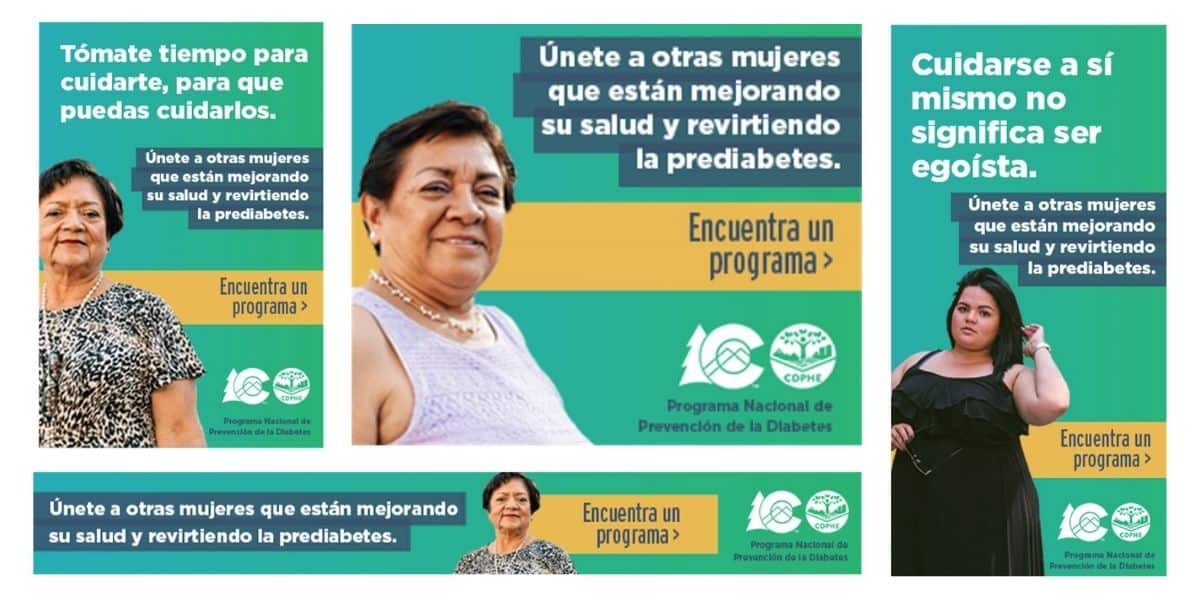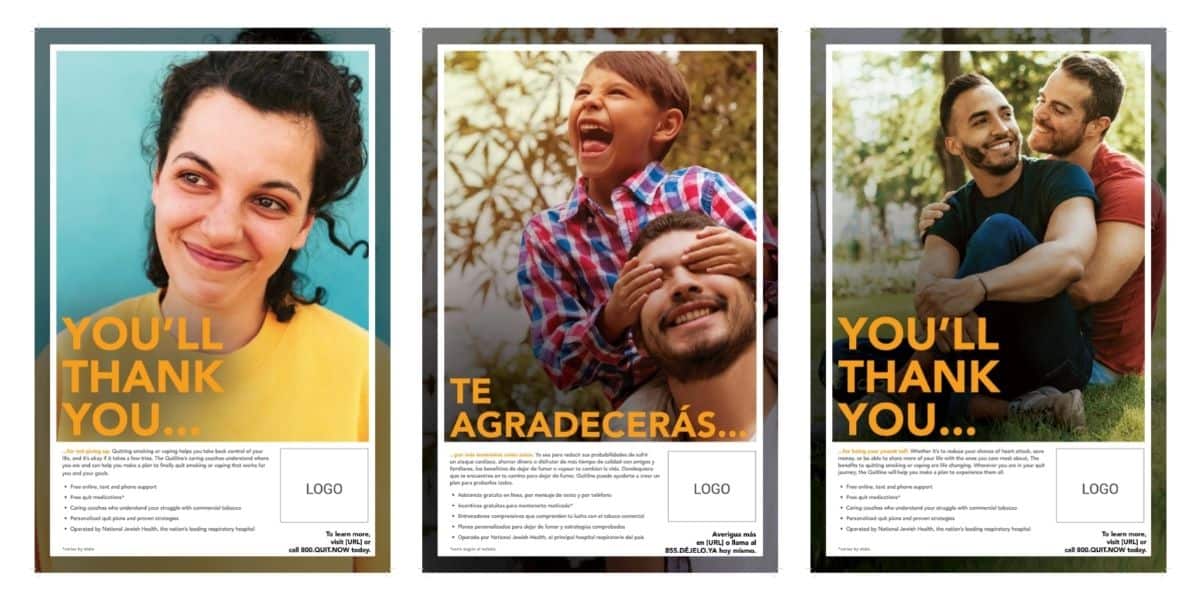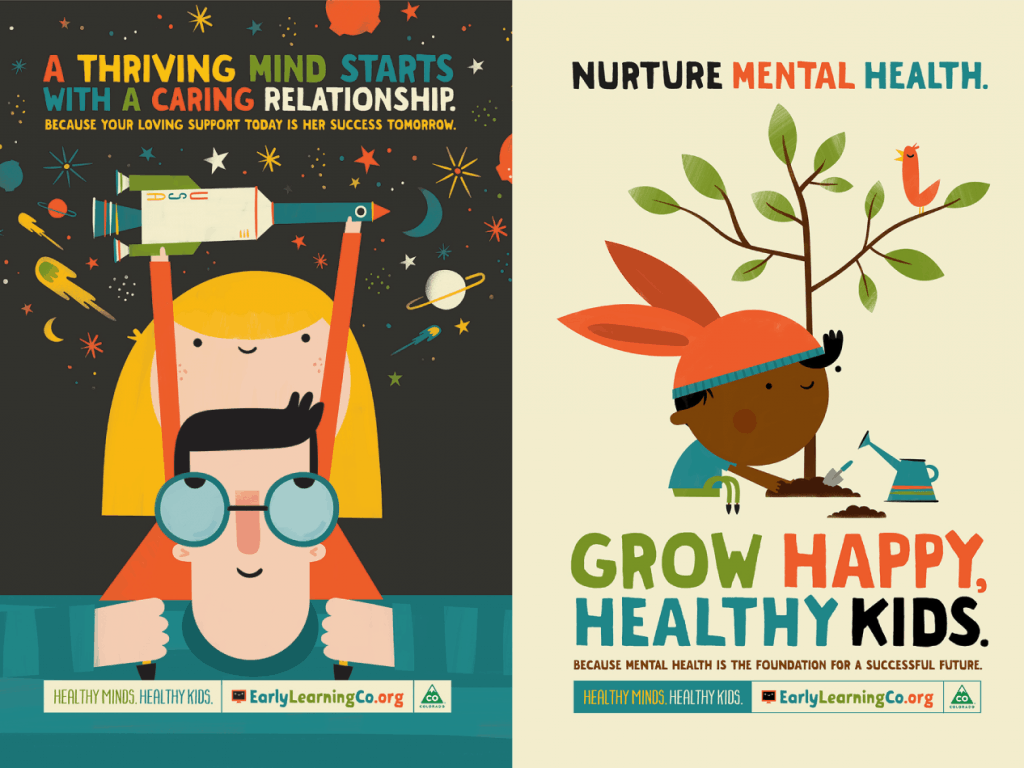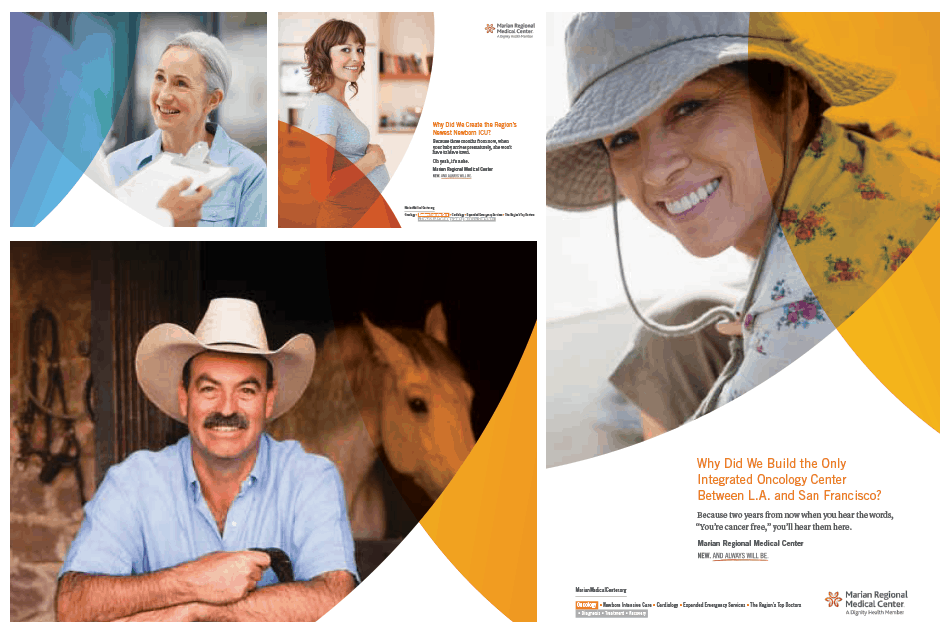Originally published in SWHelper.org.
During the pandemic, many people turned to alcohol as a release valve. Indeed, drinking — including day drinking and overdrinking — became somewhat of a punchline, not to mention a social norm. Think about how many times the media recommended Zoom cocktail hours as a way to connect.
In such an alcohol-friendly environment, it’s no surprise that 60% of adults in a recent research study admitted to an increase in alcohol consumption during COVID-19. What’s more, 23% of people attribute their heightened alcohol intake to stress, according to the American Psychological Association.
With numbers like this, the only real winners are beer, wine, and liquor makers and distributors. It’s time we begin to address the overconsumption of alcohol, on a societal and personal level.
Addressing Overconsumption of Alcohol
This ramped-up alcohol intake isn’t just a short-term concern. It’s worrisome for the long haul, too, if it becomes the new normal. Overdrinking has been shown to harm people’s mental, physical, and even social well-being. When it comes to physical health, you’re probably familiar with the risk alcohol poses to the liver, but did you know that alcohol is the third leading preventable cause of cancer (behind only tobacco and obesity)?
With overdrinking, it’s a time for empathy, not shaming. This past year and a half should highlight just how easy it is to slip into unhealthy habits and how difficult it can be to regain your footing afterward. After all, increased alcohol intake wasn’t the only concern during the pandemic. Many individuals struggled with weight gain, insomnia, and screen time, just to name a few areas of concern.
Whether it’s stress eating or doomscrolling, most people are struggling with moderation in one way or another. As more normal life returns, the nation faces a once-in-a-generation liminal moment that a recent Harvard Business Review article described as “an ‘in-between’ time, when perspectives shift, old certainties are challenged, and new ideas emerge.” This moment provides an opportunity to fundamentally change behavior and social norms.
The key to helping others overcome their unhealthy habits is to approach them with empathy and support, not judgment. Certainly, alcohol use disorder is a disease that may require treatment. But can you encourage anyone you know to take stock of their relationship with alcohol and consider whether they would benefit from leveling off their drinking?
Instead of demonizing all alcohol intake — an approach that is likely to be a conversation stopper — you can encourage those who drink to rethink their behavior and attitudes around alcohol. This approach requires more careful communication and messaging, but it can start a productive discussion.
In the same way, social norms have changed regarding smoking, attitudes about drinking can also change. Subtly shifting social norms could lead to more (or less) drinking over time with huge implications for Americans’ health. However, the key is providing a supportive environment with the resources necessary to help anyone who may be struggling with the overconsumption of alcohol.
How to Encourage Healthier Habits Around Drinking
Overconsumption of alcohol can be a life-threatening problem, but that doesn’t mean that anyone should get preachy about what’s best for other people. Instead, you can help others evaluate their relationship with drinking and whether they want to adjust their habits. Here are three ways to be supportive:
1. Ask more questions.
Why are people drinking more? Is it stress? Social expectations? Boredom? There are a lot of reasons people can overindulge, but you won’t know what they are until you start asking. Don’t worry: You don’t have to get confrontational. Instead, you can ask simple questions about habits. Where do they tend to drink? How much have they had in the past week? What other ways do they address boredom or stress besides drinking? These questions can serve as prompts to help people decide the implications for themselves.
2. Make people aware of the support that’s available.
One silver lining of the pandemic has been the number of telehealth services and virtual support groups that have sprung up. Although the original goal was to help people stay healthy while adhering to quarantine and social distancing restrictions, these convenient resources are here to stay. Anyone who needs a little extra help sticking with a new habit just needs a phone or computer.
Moderation Management, for example, is an online community that offers peer accountability and support through virtual meetings and forums. There’s also Cutback Coach, an app that helps users track their drinking habits and set regular goals for themselves. Both of these options are easy to access and use, which can make a big difference for people who need help doing something hard.
3. Encourage people to consider what the experts have to say.
Federal public health experts recommend no more than one drink a day for women and two drinks a day for men. However, many scientists are now saying that one drink per day is enough.
Attempts at humor about portion size aren’t helpful. A full bottle of wine is not considered a single drink, even if you can fit it into a novelty glass. The Centers for Disease Control and Prevention provides guidelines regarding what constitutes one drink. This can be a useful guide or reminder for people who might not realize that they’re drinking more than they should. That generous pour of wine or liquor or the high-alcohol IPA is not considered only one drink.
As the world moves into the post-pandemic era, it will be important to have candid, compassionate conversations about the ways people can live healthier, happier lives. When it comes to drinking, this means changing social norms to encourage moderation instead of normalizing the problem with memes about drinking too much. By working together, we can usher in a future without alcohol reliance or addiction.
Note: SAMHSA’s National Helpline 1-800-662-HELP (4357) is a free, confidential, 24/7, 365-day-a-year treatment referral and information service (in English and Spanish) for individuals and families facing mental and/or substance use disorders.

About the Author:
Eric Anderson (he/him) began his career as a newspaper reporter in Washington, D.C., Hong Kong, and Denver before co-founding SE2 in 1998. He has helped guide marketing and communications campaigns on some of the era’s most pressing issues, from public health to education to the environment. He lives in Englewood, Colorado with his wife, Amber. Together they have four adult children, two dogs, and one cat.





